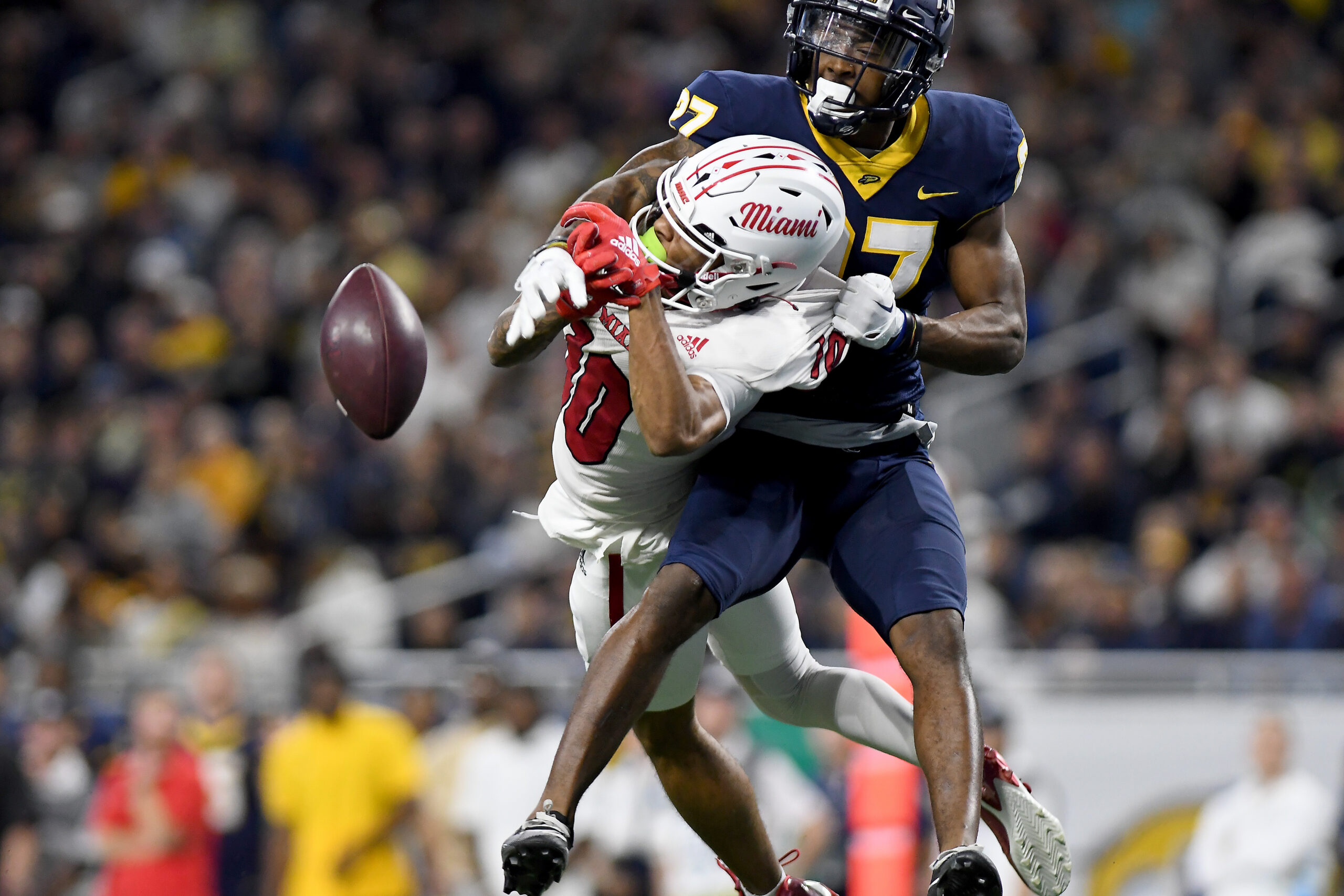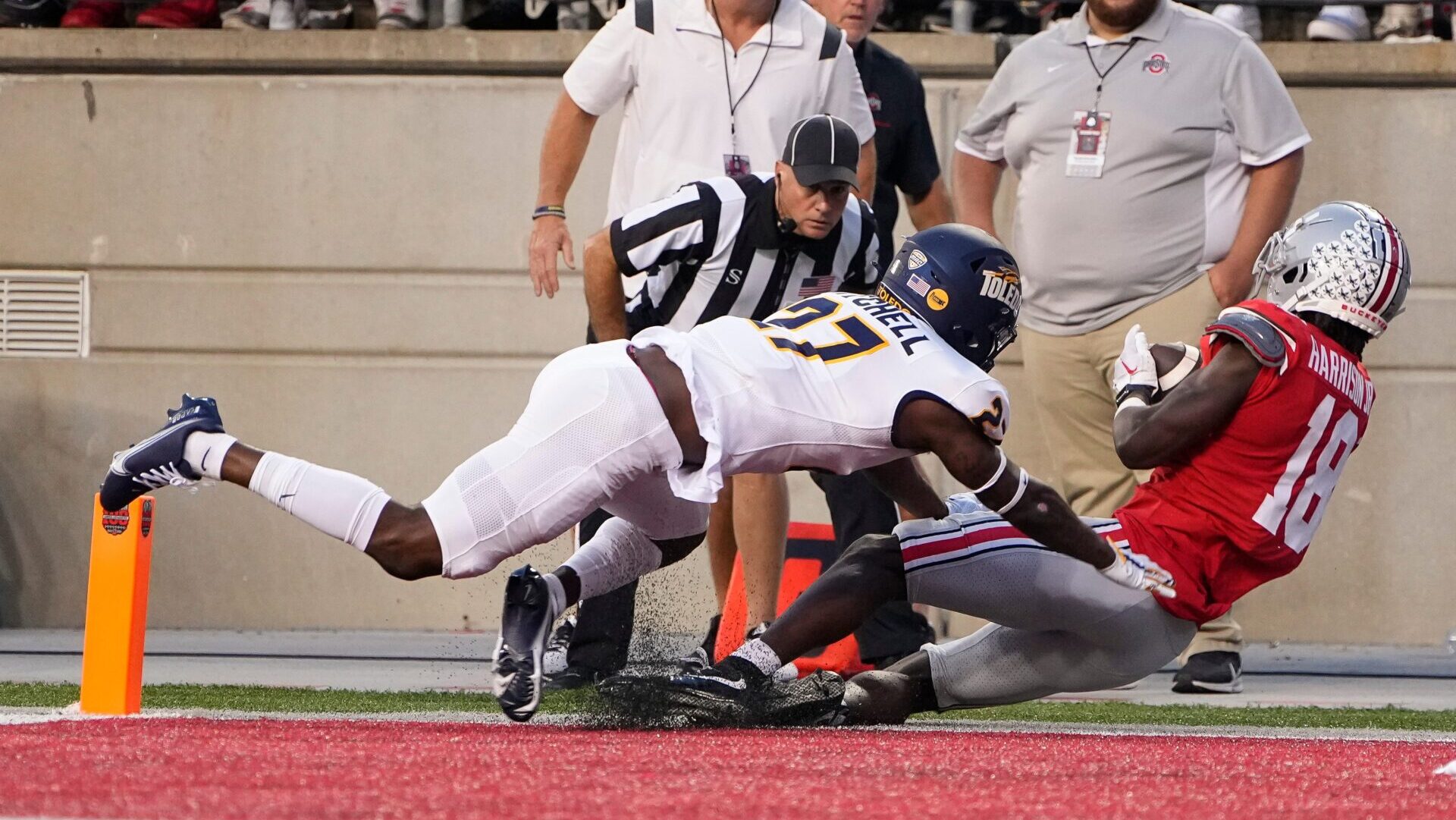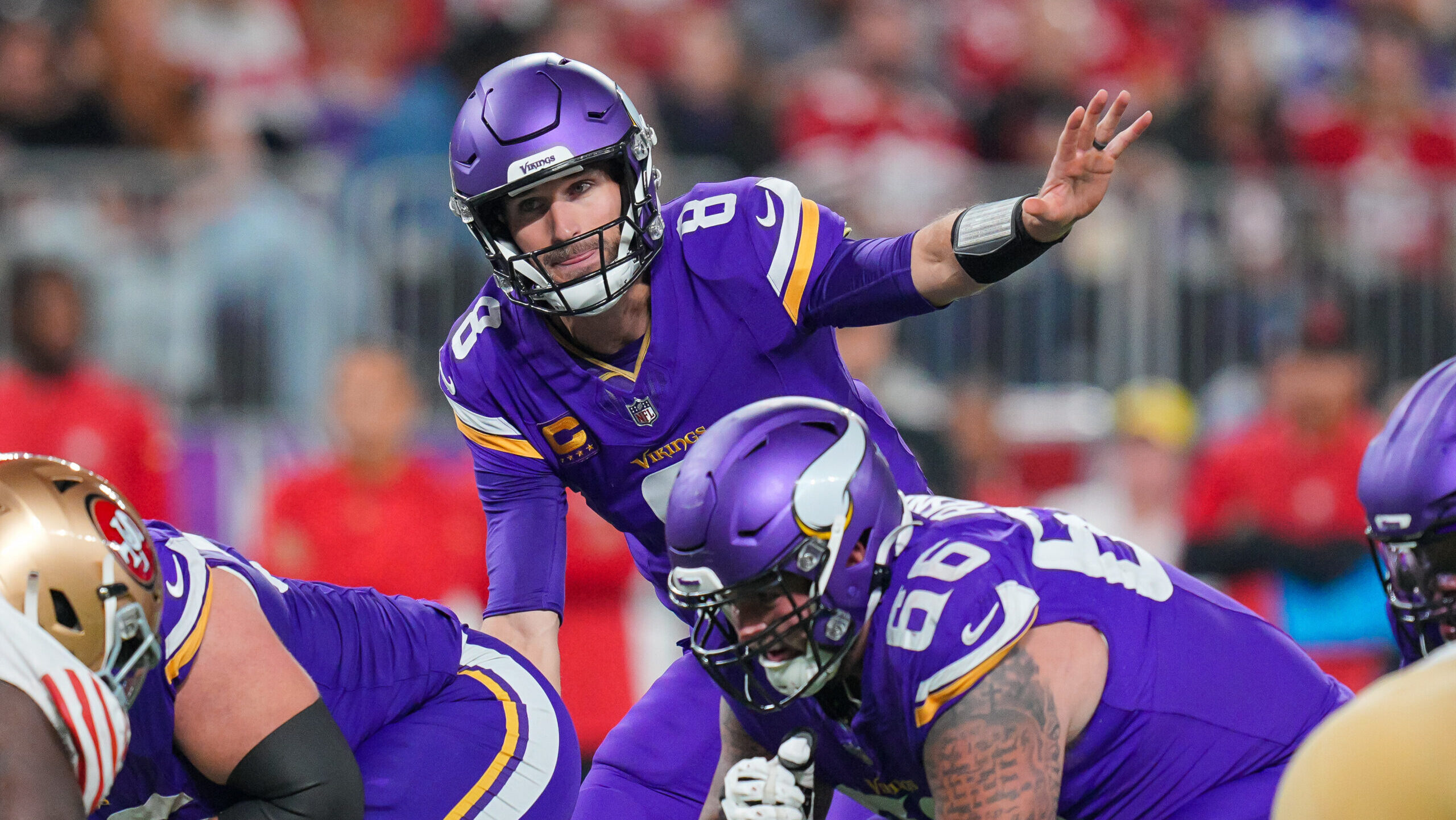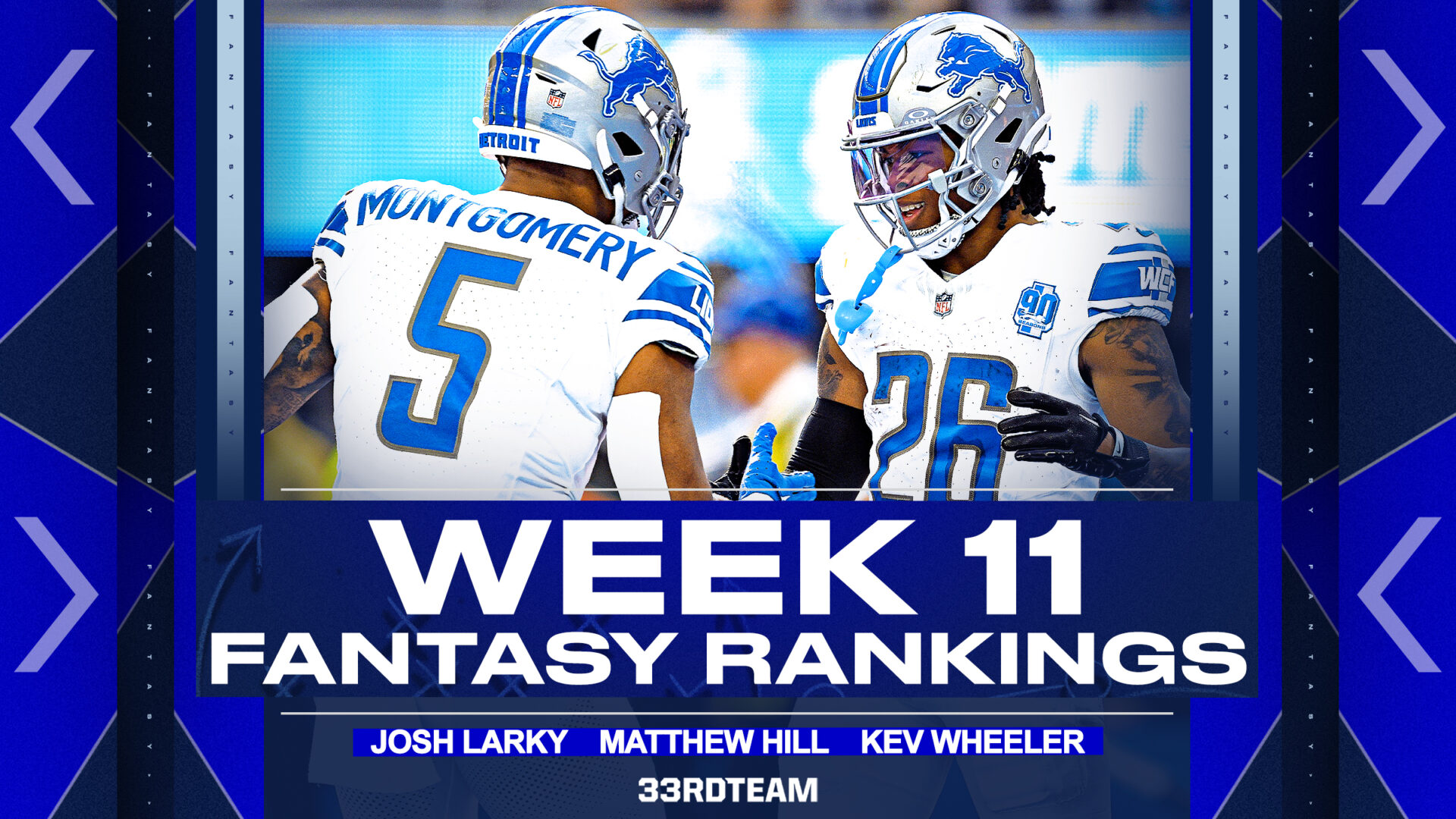Analysis
11/7/23
6 min read
Ranking NFL’s Best, Worst Coaching Decisions From Week 9
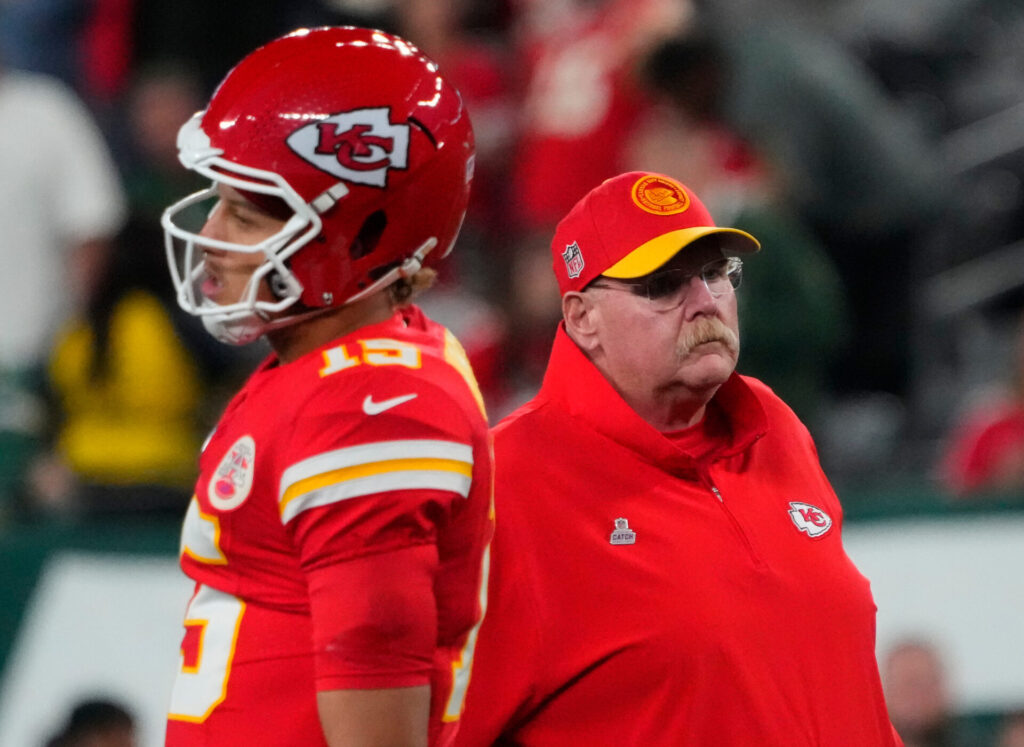
Week 9 of the 2023 NFL season is in the books, and we are officially at the halfway point of the regular season. As usual, we're covering the good and the bad coaching decisions from this past week's games as informed by metrics such as expected win probability added (xWPA).
4 Best, Worst Decisions of Week 9
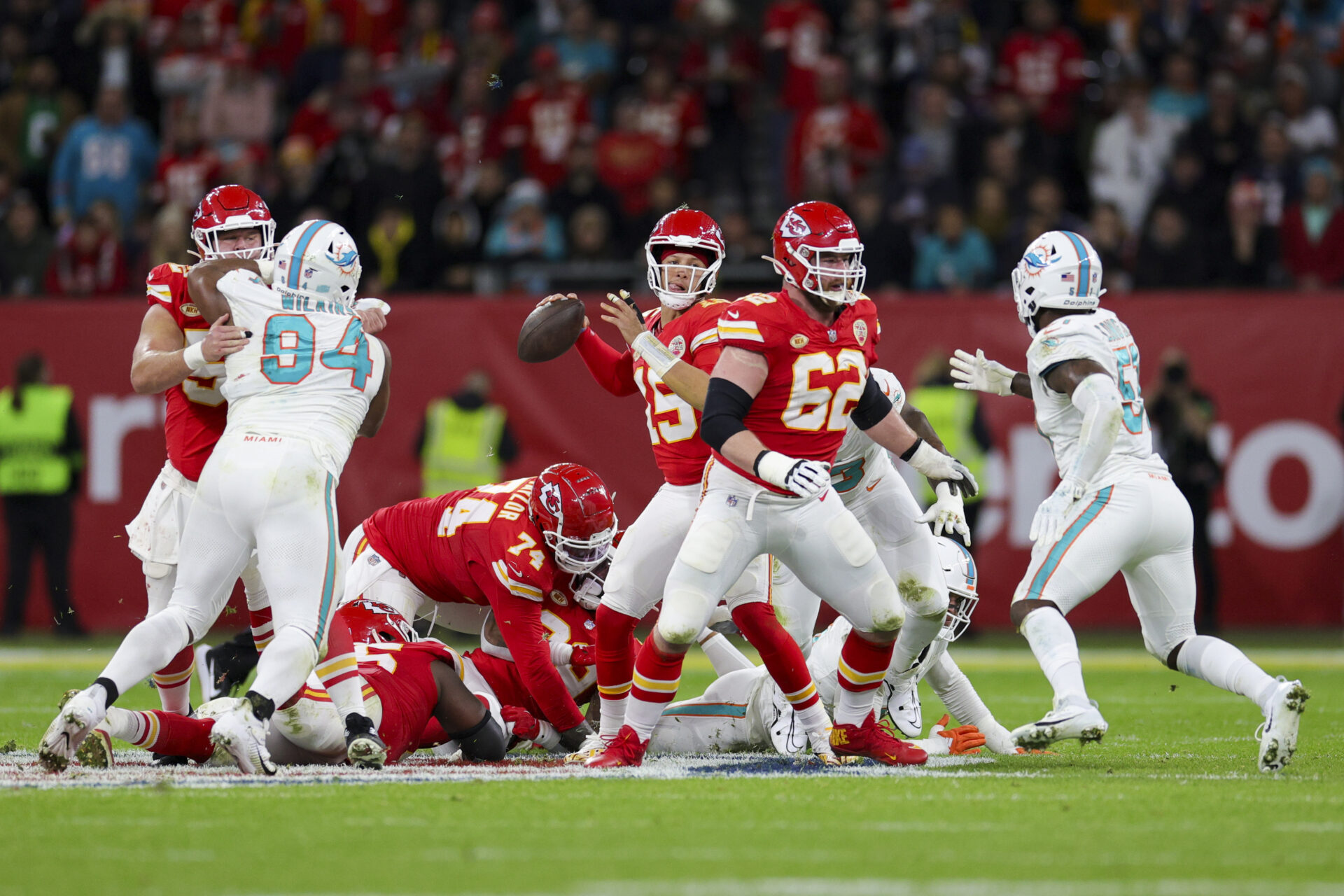
Second-worst: Chiefs’ offensive woes
The situation: Three minutes to go in the fourth quarter, Kansas City leads by seven and has a third-and-1 at its 19-yard line
The decision: Chiefs run a passing play
The result: Pass is incomplete, and the Chiefs punt on fourth-and-1
The Kansas City Chiefs currently rank first in the NFL in passing Total Points, but they are a slightly less impressive eighth in rushing Total Points. They’ve shown a tendency to stagnate on offense when the big-yardage plays aren’t being completed, and on multiple occasions, the Chiefs have demonstrated a lack of confidence in their short yardage game. (Check out our deep dive on how various teams are handling short-yardage plays here.)
Both of these things were clearly illustrated in Kansas City’s victory against the Miami Dolphins. Patrick Mahomes and the Chiefs offense started off looking dominant and led 21-0 at the end of the first half. But after the defense gave up two early Miami touchdowns in the third quarter, things started to slow down for the Chiefs.
Perhaps it was the feeling of squandering a lead that led to the Chiefs not wanting to run it — or perhaps it was a natural consequence of Andy Reid’s decision to eliminate the fullback position. For now, we can just be grateful the Chiefs don’t have a short-yardage play as reliable as the Philadelphia Eagles do.
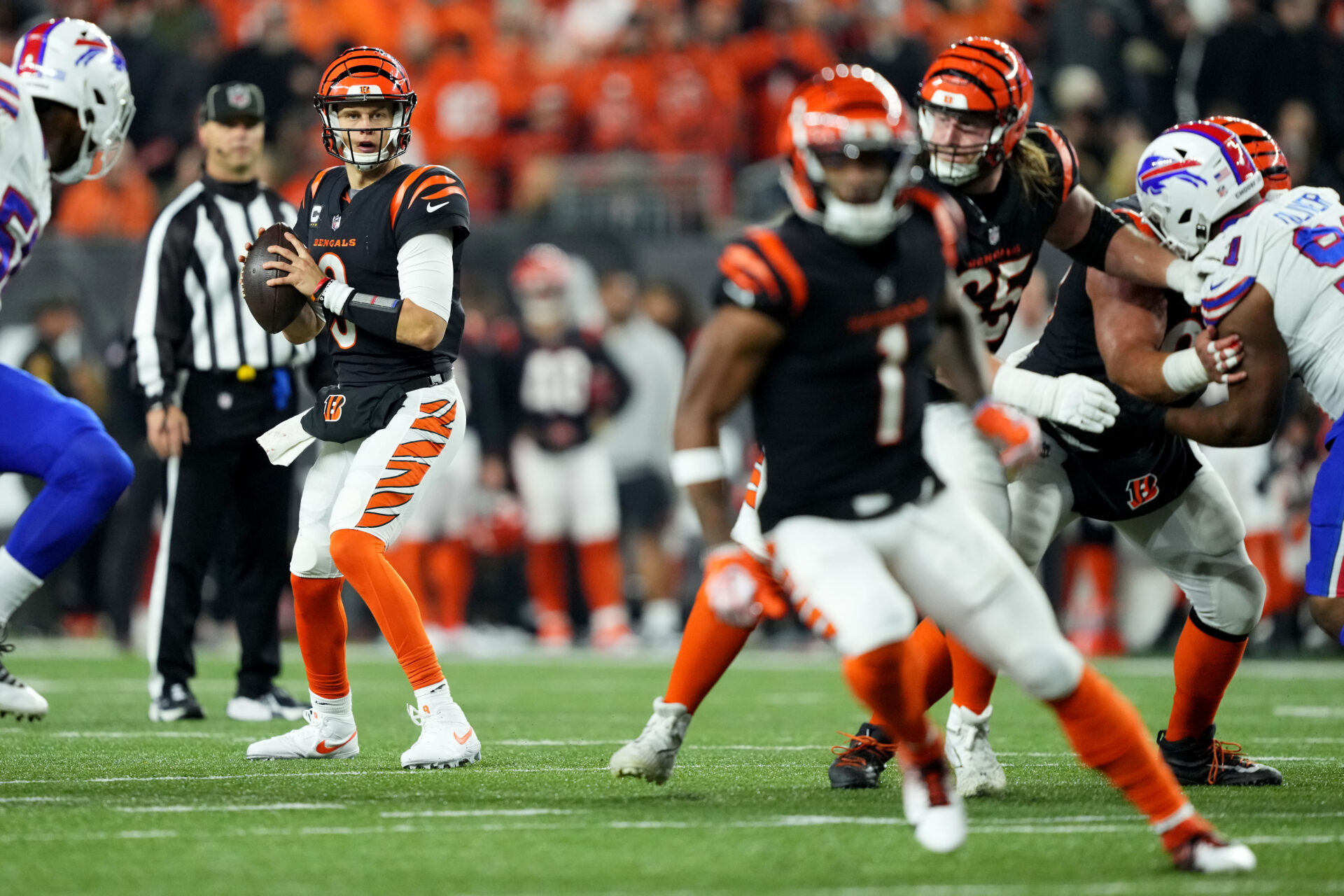
Second-best: Bengals right their in-game wrong
The situation: Two minutes to go in the second quarter, the Bengals lead by seven and have a fourth-and-1 at the Bills’ 36-yard line
The Decision: Cincinnati goes for it
The Result: The Bengals get the first down and eventually score to go up by 14
The Cincinnati Bengals rank 17th in the NFL in fourth-down decision-making, according to SIS, putting them right in the middle of the pack. This means sometimes the Bengals make some good decisions, and sometimes they make some questionable decisions.
One decision of the questionable variety came in the second quarter against the Buffalo Bills when Cincinnati elected to punt on fourth-and-2 at the Buffalo 48-yard line. The Bengals might have felt comfortable enough with their seven-point lead to play it safe, but going for it would have added 2.9 points of xWPA for the Bengals over the punt, so this was a massive missed opportunity.
Later in the same game, Cincinnati decided to go for it in a scenario that, on the surface, seems pretty similar. On fourth-and-1 at Bills’ 36-yard line and with the Bengals leading by seven, they ran a play for Joe Burrow and successfully got the first down, eventually scoring on the same drive. Perhaps the additional 12 yards of progress or the shorter distance to go turned what might be a 50-50 decision into a no-brainer, but the choice to go for it resulted in a massive 5.5 points of xWPA for the Bengals and made up for their earlier decision.
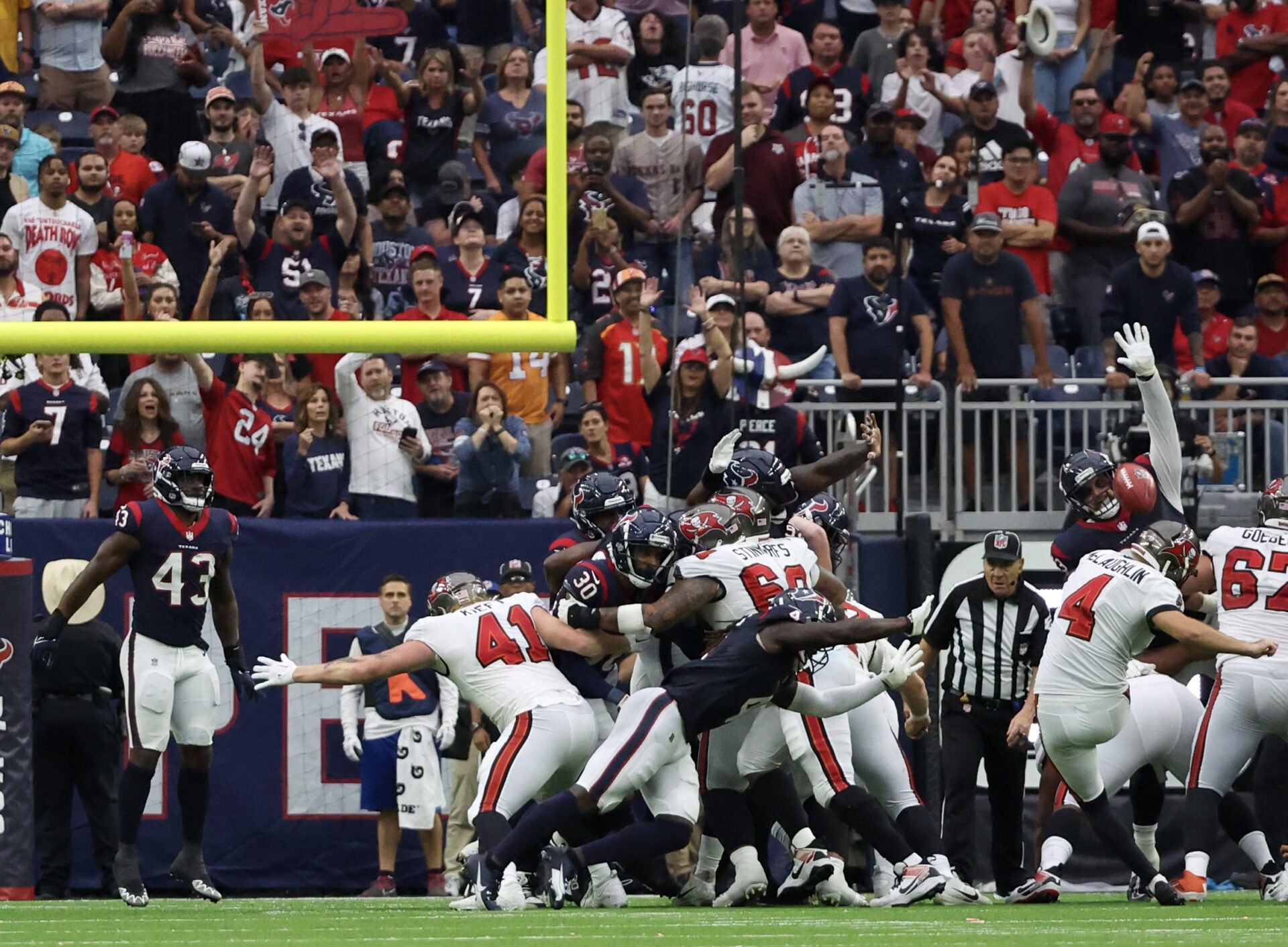
Worst: Buccaneers aren’t playing to win
The situation: Eleven minutes to go in the fourth quarter, the Buccaneers just scored a touchdown to cut the Texans’ lead to one
The decision: Tampa Bay tries for an extra point
The result: Buccaneers tie the game, end up losing 39-37, and move up in the draft order
When given the choice between tying the game or taking the lead, it’s pretty clear that taking the lead is the favorable option. And while analytics can sometimes lead to some counterintuitive conclusions, this is one case where the analytics agrees with common sense: Taking the lead is a strong strategy if you are trying to win the game.
With 11 minutes left in the game, the Tampa Bay Buccaneers had the option to either go for one point to tie the game or go for two points to take the lead. Going for two over kicking the extra point would have added 1.7 points of xWPA for the Buccaneers, bringing out the kicker was incorrect by that metric. But if your metric is the Buccaneers’ 2024 draft position odds, perhaps the analytics are a little bit more friendly.
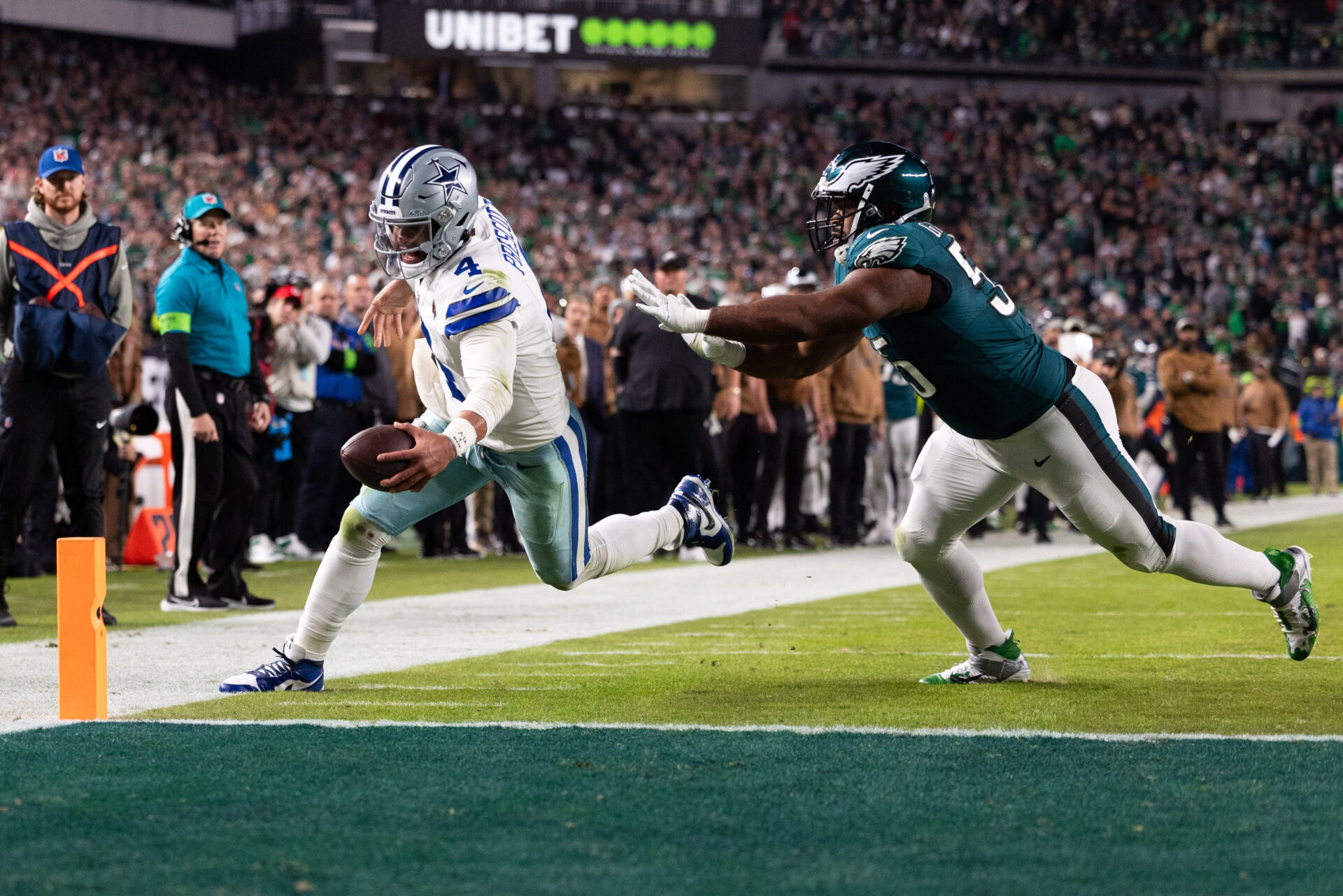
Best: Cowboys’ two-point moral victory
The situation: Six minutes to go in the fourth quarter, the Cowboys just threw a touchdown to cut the Eagles’ lead to five
The decision: Dallas tries for a two-point conversion
The result: The attempt is unsuccessful, and the Cowboys lose by five
It wouldn’t have been completely unreasonable for the Dallas Cowboys to go for the extra point here because it would cut Philadelphia’s lead to four and would allow Dallas to tie the game on a touchdown plus extra point if the Eagles scored on a field goal on their next drive.
However, the Cowboys correctly identified that going for two points is the more analytically sound decision because it opens up the possibility of tying the game on a field goal if they can get a stop on the Eagles. Also, even if the two-point attempt fails to convert, Dallas would only be down five and could still win with a touchdown, provided Philadelphia does not score again.
The decision to go for two over kicking the extra point resulted in 1.9 points of xWPA for the Cowboys — but what was initially ruled a successful two point conversion was later overturned. While the Cowboys eventually lost the game by five, they did get the stop on the Eagles’ next drive and advanced the ball into easy field goal range, meaning this game very likely would have at least gone into overtime if the earlier two-point attempt had been successful.
This was a prime example of a good process, bad result.
This article was written by Matthew Lim.

